

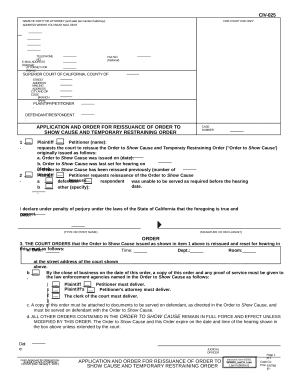

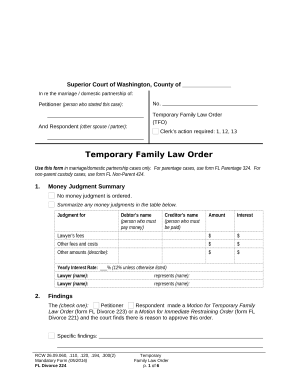

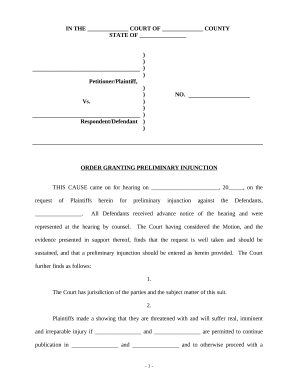
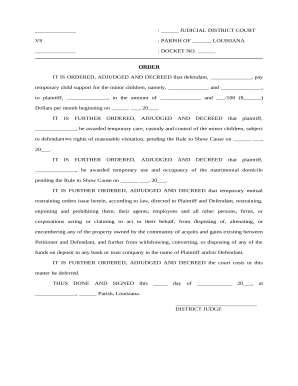
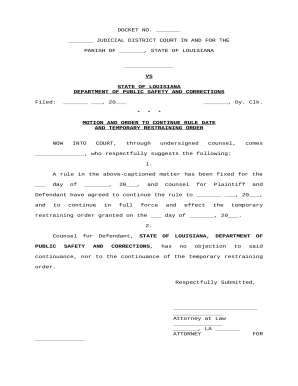
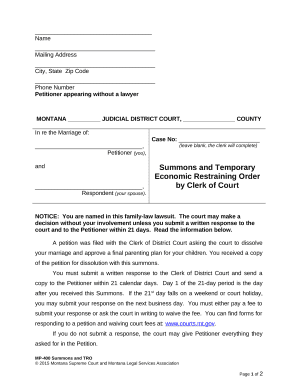
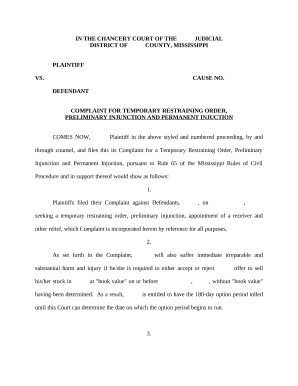
Document management can overwhelm you when you can’t find all the forms you need. Luckily, with DocHub's extensive form categories, you can discover all you need and easily deal with it without the need of changing among software. Get our Temporary Restraining Orders and start utilizing them.
How to use our Temporary Restraining Orders using these simple steps:
Try out DocHub and browse our Temporary Restraining Orders category easily. Get your free account right now!